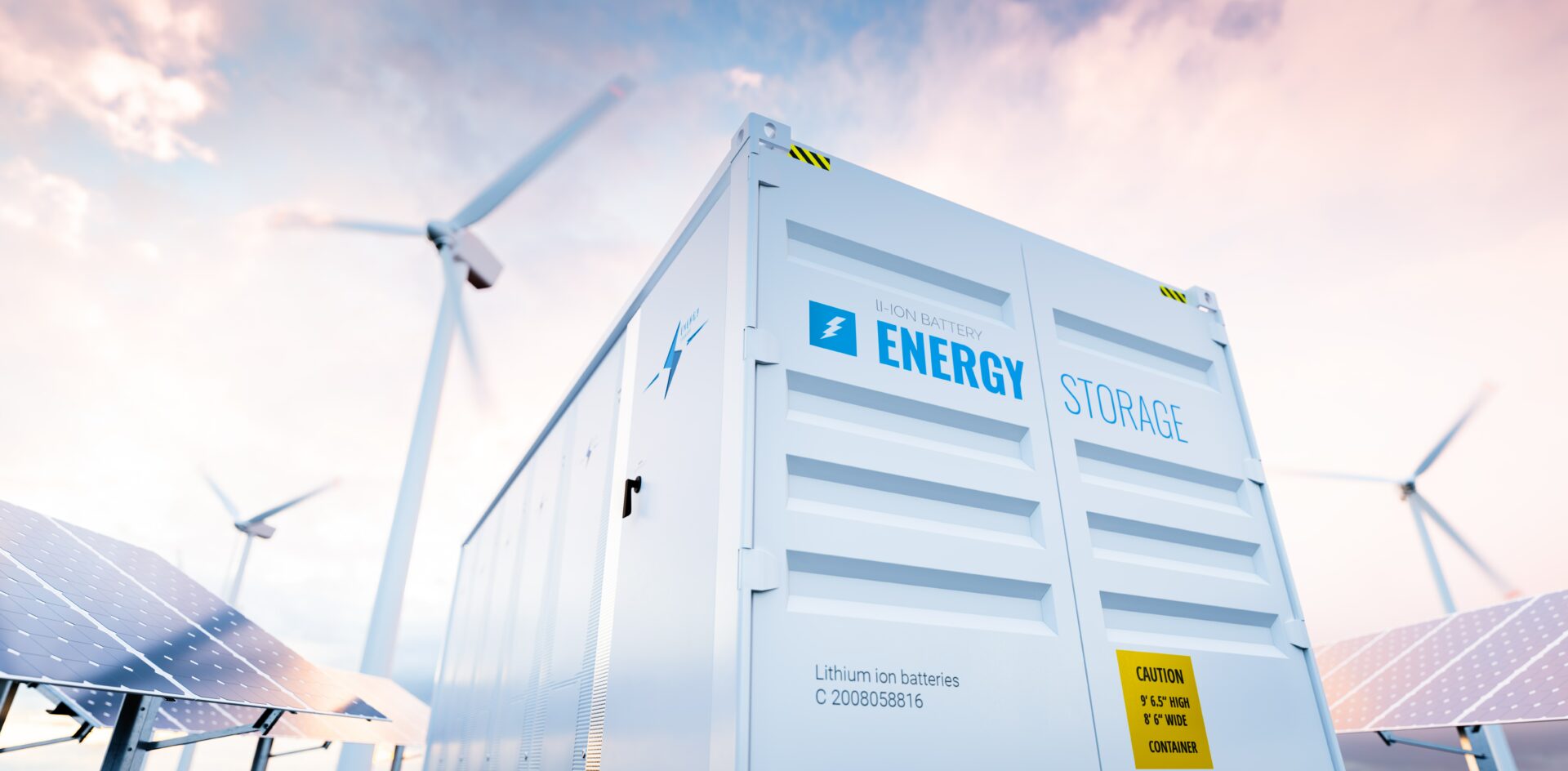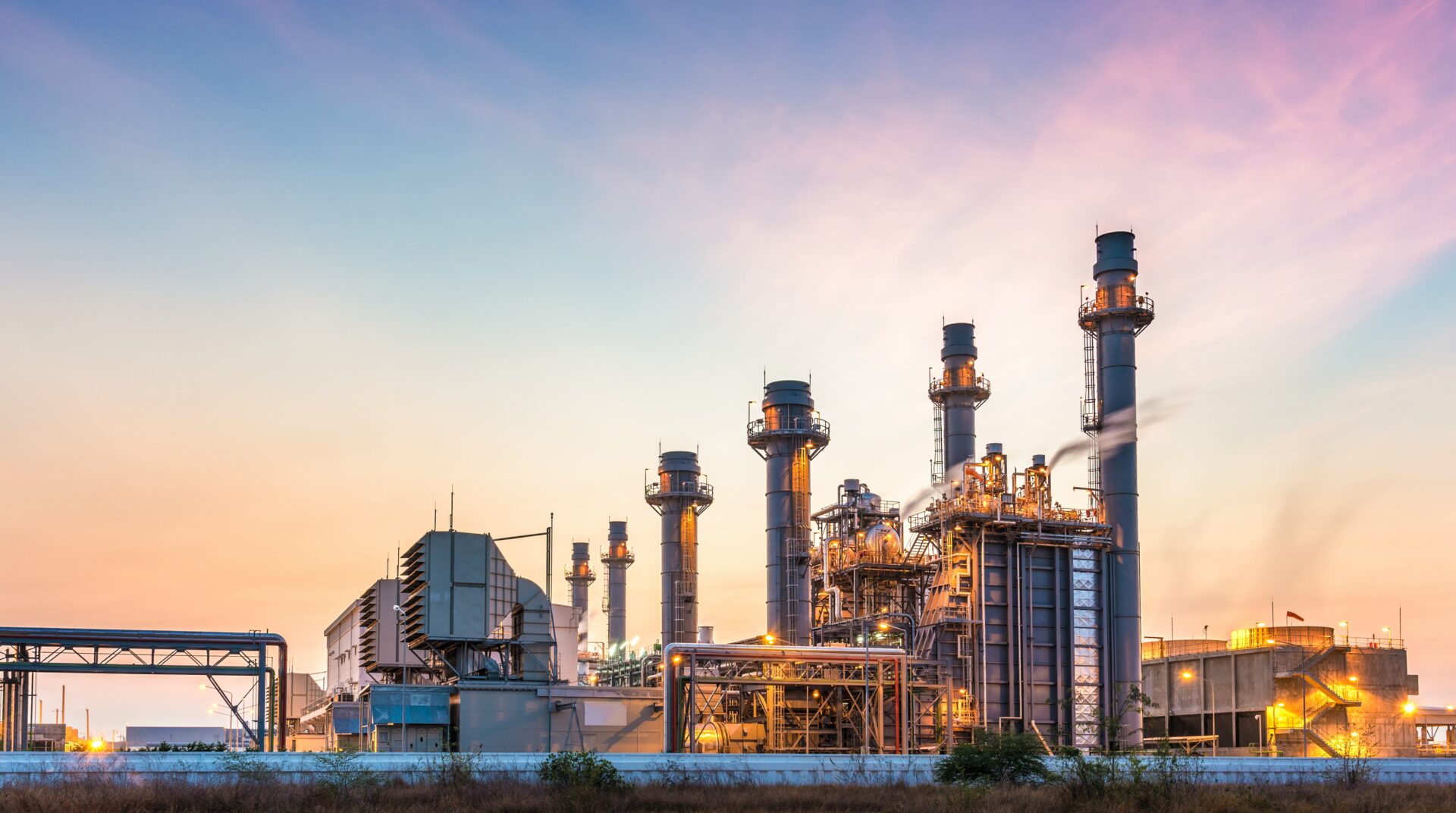Decentralized energy systems & challenges
The trend of becoming energy self-sufficient and independent of the grid is an important part of the energy transition. Instead of relying on large, central energy producers such as coal plants, people might, for example, have solar panels installed on their own roof or on that of their factory.
By using renewable energy sources (solar and wind power), which are not only inexhaustible, but also sustainable, the so-called energy payback time (the time until investment in renewable energy pays off/yields a profit; currently 0.9 – 1.1 years in the EU) can be significantly reduced. This means that investment in renewable energy can yield a positive return more quickly.
Despite all these advantages, there are still challenges to overcome in order to achieve an independent, renewable energy supply – high initial investment costs, the necessity of specialized, expert knowledge and technology, along with the challenges that come with the storage and transport of renewable energy.
Essentially, these challenges can be divided into three main issues:
1 | Rising demand for electricity in the future
The German federal government’s prognosis is an increase in the demand for electricity by approx. 30% by the year 2030. According to the federal government, this increase in demand will be caused by, among other things, advances in digitalisation, the expansion of e-mobility and the greater electrification of industry and thermal energy production.
2 | The frequency fluctuations in the power grid are increasing
As a general rule, exactly the same amount of energy has to be consumed/purchased from the grid as is fed in/produced, in order to keep the prevailing grid frequency in Germany of 50 Hz in balance. The maintenance of this frequency is very important, since a significant change in frequency causes damage to electrical devices, even resulting in a drop in voltage, a power cut or, in the worst case scenario, an interregional blackout.
To ensure this grid stability, the fluctuations between supply and demand have to be constantly balanced out. However, the goal of obtaining at least 80% of electricity consumption from renewable energy sources by 2030 makes this more difficult.
Wind and sun power are considerably more volatile to produce than fossil fuels. The wind does not always blow with equal strength and the sun does not shine consistently and continuously – this is true both when viewed over 24 hours, but also over the entire year.
When coal and nuclear power are substituted by renewable energy, the fluctuations increase and there is a decrease in grid stability.
3 | Economic and legal factors slow the expansion of renewable energy sources despite their superior features
It is generally well-known that renewable energy is available in abundance. Just the sunrays that reach the Earth would be enough to cover the world’s energy requirements 10,000 times over. As a rule, the electricity production costs (prime costs) are also cheaper for renewable energy sources in comparison to fossil fuels, since they require less investment in infrastructure and raw materials, and do not cause any further greenhouse gas emissions after they have been installed. The path to renewable energy is particularly expensive (costs for alterations to the grid). The following factors can all be obstacles to expansion:
- Laws and regulations
- Lack of a projectable cost calculation:
Fluctuations in availability of wind and solar power make it more difficult to match costs with revenue. In addition to this, state intervention largely overrides the free market, which means investors do not have a sound basis for investment. - Lack of grid expansion:
Due to delays in investment and regulations, there is a lack of grid feed-in points, storage options and consumers through which producers can feed the electricity they generate into the public grid, store it or consume it directly. As a result, in 2021 just under 6 TWh with a value of 800 million euros were shut off and thereby made inaccessible. The electricity goes to waste or is not produced in the first place, and therefore is not available. This has to be covered by the taxpayer. Furthermore, the full energy potential cannot be tapped, as certain territories are not worth developing (e.g. because they are located too far from consumers, or there is no prospect of a change in law).
Solutions
Traditional solutions
- Save energy
- Spread electricity production across different times of day
- Storage solutions
- Flexible power plants
- Load balancing
Bitcoin data centre
- Bitcoin miners as initial electricity buyer (private-sector subsidy)
- Bitcoin miners as extremely flexible electricity buyers of last resort
Traditional solutions
The all-important question is:
Can the entire demand for electricity be met by using renewable energy as the sole source of energy?
So-called dark lulls (dark: no sun; lull: no wind) are the biggest problem here and make it difficult to answer this question with a clear “yes”. Basically, the five options below can counteract dark lulls:
Would you like to find out more about alternative solutions?
Click here to find out what Bitcoin mining is and how it can help to deal with surplus energy!





